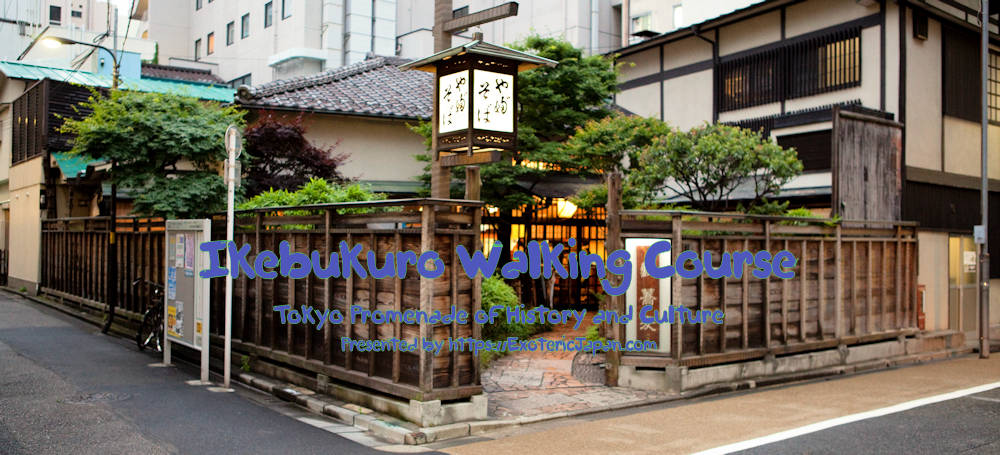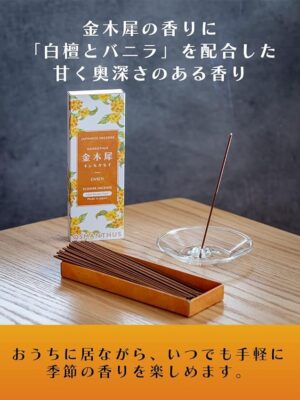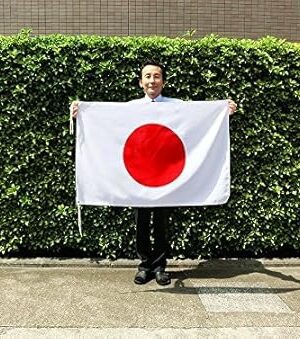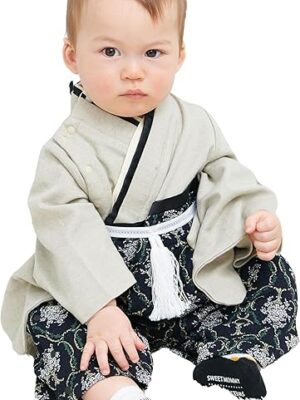Old Temples and Literary Culture of Old North Edo (Tokyo)
Amazon Affiliate Linked Japanese Goods Shop
-
Sale!
Showa 1926-1939: A History of Japan (Showa: A History of Japan, 1) by Shigeru Mizuki
Original price was: $30.$22Current price is: $22. Check it out on Amazon
The Tokyo Promenade of History and Culture
Tokyo Walking Courses such as the Tokyo Promenade of History and Culture (aka 東京歴史と文化の散歩道) unveil the layers of Tokyo, from ancient echoes to vibrant modernity!
10 km in Total Length
Zoshigaya Teramachi walk (Ikebukuro Station – Gokokuji Temple)
Ikebukuro Station – Gokokuji Temple
The first part of the Ikebukuro Walking Course Zoshigaya is located at the east exit of Ikebukuro, not far from the bustle of Sunshine City. This is a peaceful temple town where you can feel the slow flow of time. The famous Japanese pampas grass in the grounds of Kishimojin Shrine evokes nostalgia. Beyond the approach is the Toden Arakawa Line. The atmosphere is becoming more and more relaxed. Continue along the Arakawa Line to the quiet Zoshigaya Cemetery.
Otowa Bell Walk
Gokokuji Temple – Myogadani Station
The second part of the Ikebukuro Walking Course starts around Gokokuji which is one of the largest temples in Edo. Otowa Street, flanked by hills on both sides, is a straight approach to the shrine. From here, we went up the hill to Ochanomizu University, and continued around the mountain plateau with many valleys running through it. Yamanote means land on a hill. Samurai residences, temples and shrines were opened on the slope, and the slope developed as a town of merchants and craftsmen. Myogadani is the first valley town you encounter.
Walk around Koishikawa Teramachi
Myogadani Station – Kikuzaka
From Kasuga-dori, weaving along the Koishikawa hill and heading back to Hakusan-dori in the valley. On the hill, there is a temple town centered around Dentsu-in Temple, which was counted as one of the three sacred mountains of Edo. The plateau on the east side across Hakusan Street is Koishikawa Botanical Garden, known for its “Red Beard”. This was once Hakusan Palace, the villa of the fifth shogun Tsunayoshi.
Hongo Literature Walk
Kikuzaka – Kanda Ogawamachi
The Kikuzaka neighborhood, which runs from Hakusan-dori to Hongo-dori, is where many literary figures lived, including Ichiyo Higuchi, Kenji Miyazawa, and Takuboku Ishikawa. The vast grounds of the University of Tokyo are the ruins of the mansion of the Maeda family of the Kaga domain. Passing through Yushima Tenjin, the setting for Kyoka Izumi’s “Women’s Tree”, we headed to the southern tip of the Hongo Plateau. Cutting through it is the Kanda River, a moat dating back to the early Edo period. Eventually, the magnificent dome of Nikolaido comes into view. Once you cross the Hijiri Bridge, you are already in the downtown area of Kanda.










